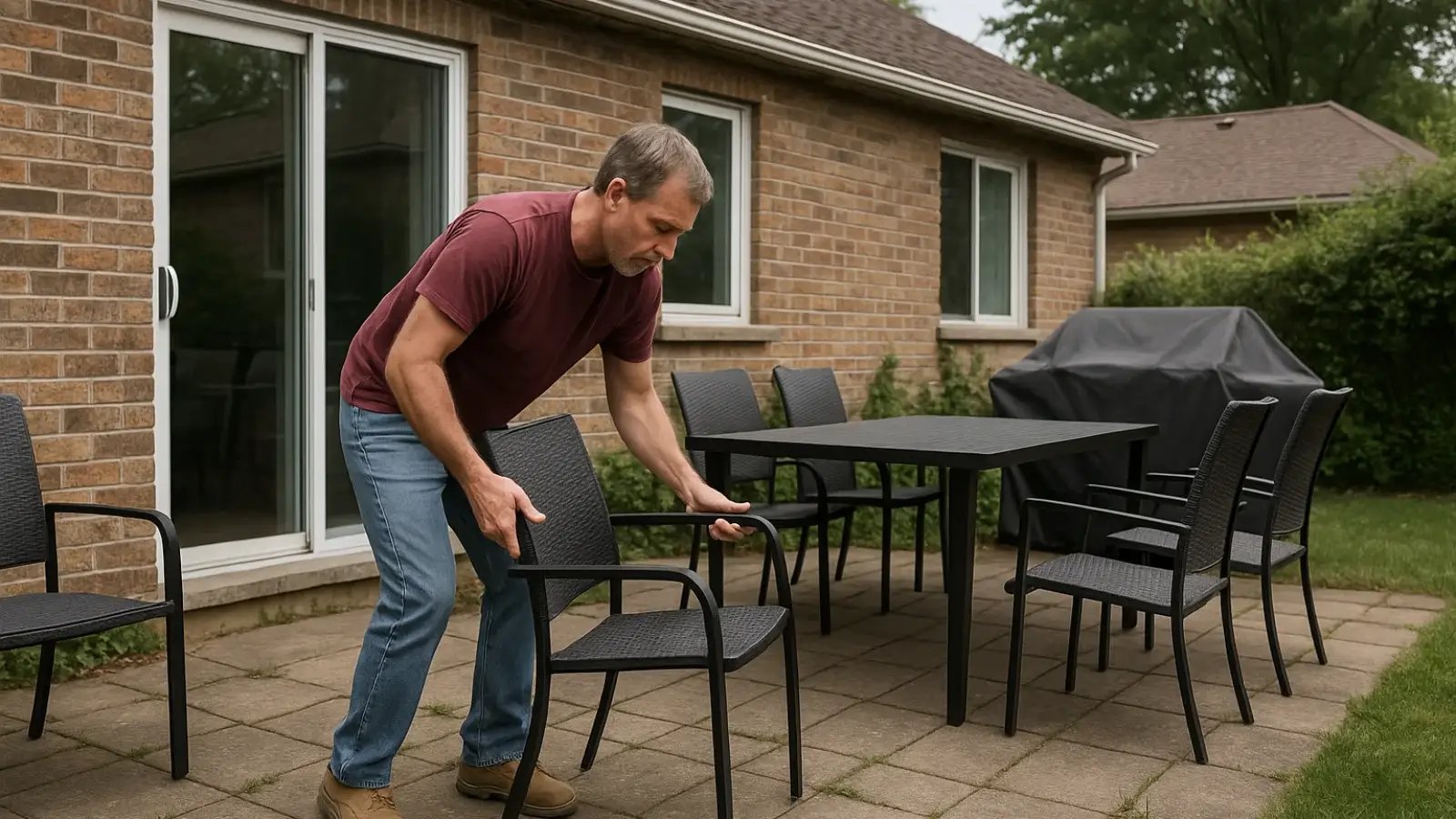


A roof replacement is a significant project that transforms your home's appearance and improves its long-term protection and value. However, the day roofers arrive can bring unexpected disruptions, especially if the surrounding yard and property haven’t been adequately prepared. Many homeowners focus solely on choosing materials and signing contracts, overlooking the critical step of getting the exterior of their home ready for the crew. By taking a few proactive measures, you can protect your belongings, prevent damage to landscaping, and make the worksite safer for everyone involved. We will explore what homeowners can do to prepare their yard and property before roofers set foot on site, helping the process move forward with fewer complications and greater peace of mind.
Before the roofing crew arrives, you must clear the driveway and any nearby areas where materials, debris, or equipment may be placed. Most roofing companies need direct access to your driveway for dumpsters, trucks, and material deliveries. Hence, moving vehicles to the street or a neighbor’s driveway ensures they’re out of harm’s way. Outdoor furniture, grills, potted plants, toys, and decorative items should be relocated at least 20-30 feet away from the home to avoid falling debris. This step protects these items from dust and shingle granules that will inevitably spread during tear-off and installation. To shield them from damage, consider covering delicate flower beds or shrubs with tarps or lightweight plywood. If you’re scheduling roof replacement in Baton Rouge, it’s a good idea to confirm with the contractor whether they’ll bring their protective coverings or if you should supply them in advance. Clearing the area around your home keeps belongings safe and gives the crew ample room to work efficiently and safely throughout the replacement process.
Secure Fragile Items Inside the Home
Roofing work creates significant vibrations that travel through the home's structure, especially during the tear-off phase. If you have fragile items like glass-framed pictures, wall-mounted art, china cabinets, or collectibles on shelves, it’s wise to remove or secure them to prevent accidents. Mirrors and light fixtures in rooms directly under the roof can also shift or fall if not fastened tightly. Walk through the upper level of your home and remove anything that could rattle loose or break from unexpected shaking. This precaution isn’t limited to decorative items—electronics, plants, and anything near windows or exterior walls may also benefit from relocation during the project. Since the roofers will likely be walking, hammering, and carrying heavy materials across the surface all day, the house will experience movement that can be surprisingly strong. Taking these preventive measures ensures the work won’t lead to interior surprises once the roof is completely quiet.
Another critical step in preparing for roof replacement day is making arrangements for pets and young children. Roofing work is loud, disruptive, and frightening for animals not accustomed to constant hammering, foot traffic, and strangers around their territory. If possible, consider boarding pets for the day or confining them to an interior room where they’re least exposed to noise. Children should also be kept indoors or off the property during active work hours to avoid accidental injury near ladders, power tools, or falling debris. If the work will last multiple days, setting clear safety rules and boundaries is key to minimizing risk. Communicate with the roofing contractor about any noise, safety zones, or timing concerns, so expectations are aligned before the crew arrives. Providing this information ahead of time can also help the contractor create a safer, more efficient work environment that accounts for the needs of your household.
Roof replacement doesn’t just affect your home—it can also impact your neighbors, particularly those with properties close to yours. The process brings noise, dust, and increased traffic, and sharing a heads-up with your neighbors is a courteous and helpful gesture. Let them know the scheduled start date, expected duration, and potential disruptions like blocked driveways or access points. This simple communication can prevent frustration and allow coordination of any shared concerns about access, parking, or protective measures for nearby plants or structures. Some neighbors may need time to move their own belongings or vehicles if they’re close to your property line. Providing advanced notice demonstrates consideration and can reduce tension or complaints while the roofing work is underway.
In addition to outdoor preparations, it’s essential to think about access points the roofing crew might need during the project. Some contractors may request attic access to inspect ventilation or check for leaks before and after installation. Ensure pathways to attic entry are clear and free from obstructions like stored boxes or seasonal decorations. Windows near the roofline should be closed securely, and if possible, consider covering them from the inside to protect against dust infiltration. If you have skylights, verify with the contractor whether they’ll require extra protection or temporary covering during the work. Also, double-check exterior doors and any entryways the crew might use to ensure they’re unlocked or accessible as needed. Addressing these small but essential access details can help prevent delays once the project begins.
Preparing your yard and property before the roofers arrive is vital in protecting your home and making the project more efficient. From moving vehicles and furniture to securing fragile interior items, each step reduces the risk of damage and allows the crew to work with fewer obstacles. Thoughtful preparation also improves safety for everyone involved, including your family and pets. By clearing the work area, communicating with neighbors, and checking access points, you help create an environment where the roofing team can focus fully on delivering a high-quality installation. These preparations safeguard your investment and minimize stress throughout the process. A well-prepared home sets the stage for a successful roof replacement that enhances your property's beauty and durability for years to come.